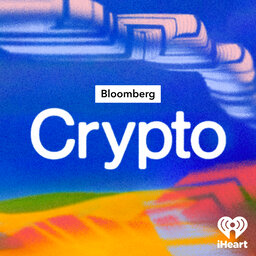What are Bitcoin NFTs?
In a major twist in the digital-assets world, Bitcoin has added nonfungible tokens (NFTs) to its blockchain. The new protocol that makes them is called “Ordinals.” And just like anything in crypto, fierce debate has ensued about this on social media.
Bitcoin NFT proponents call the move a game-changer. Naysayers worry about potential pitfalls of Bitcoin NFTs — like rising transaction costs and environmental concerns. Higher fees could push Bitcoin away from its primary use as a decentralized currency. Plus, some hard-core Bitcoiners are also concerned that these NFTs could clog up the blockchain.
Bloomberg reporters Emily Nicolle & David Pan join this episode and consider how the integration of NFTs impacts the network, Bitcoin and the broader crypto ecosystem.
Subscribe to the Bloomberg Crypto Newsletter at https://bloom.bg/cryptonewsletter
 Bloomberg Crypto
Bloomberg Crypto


